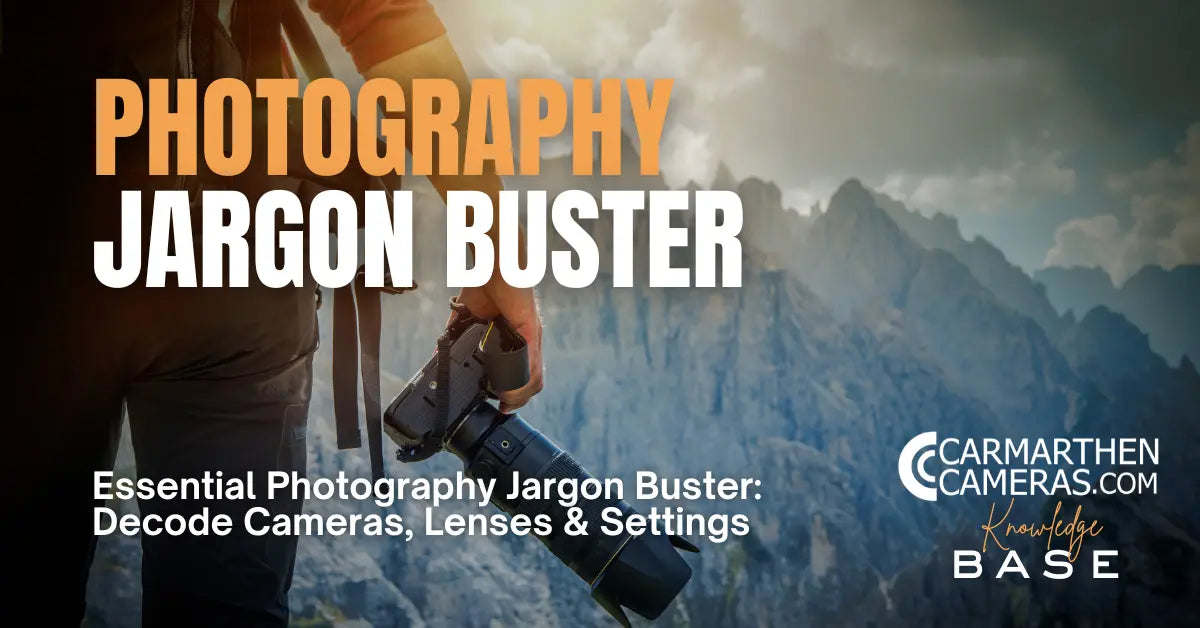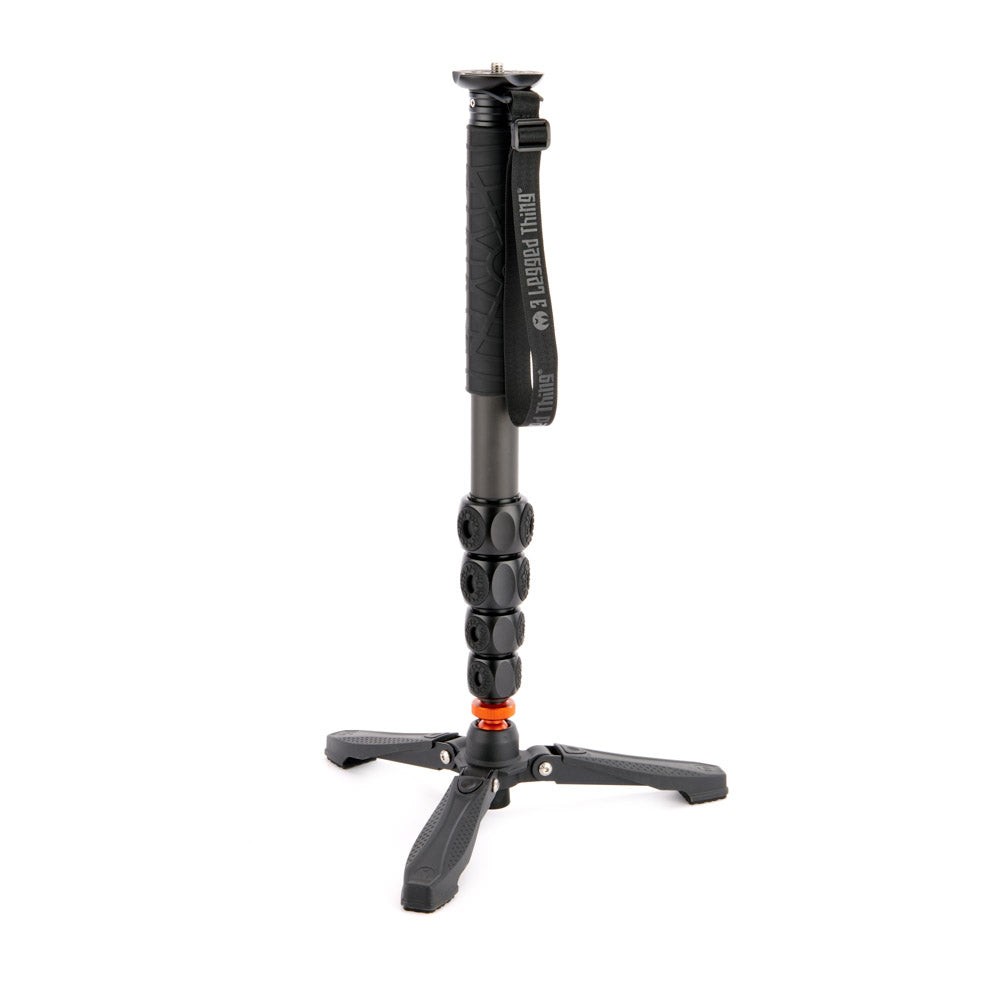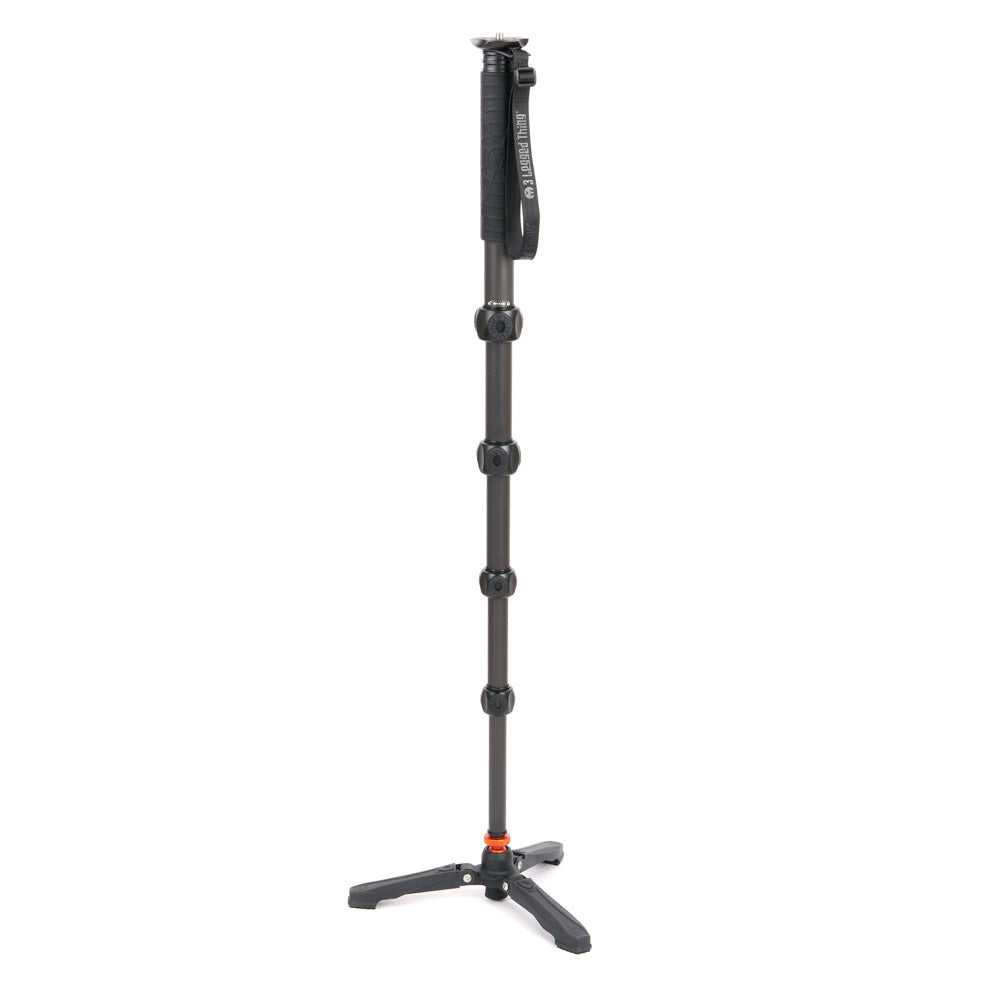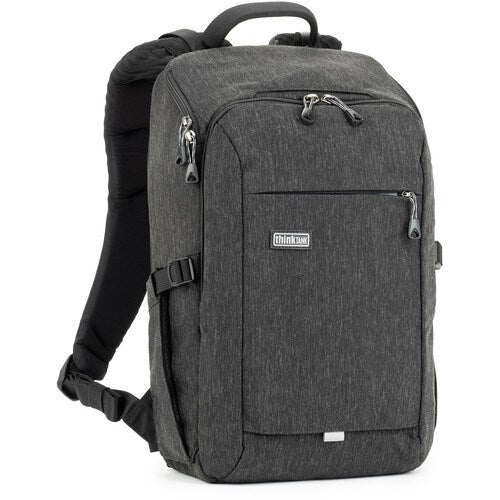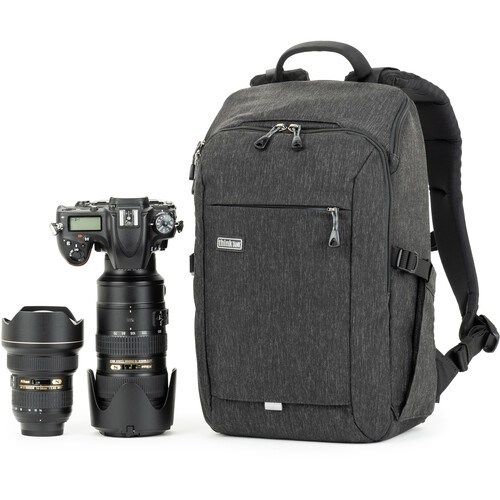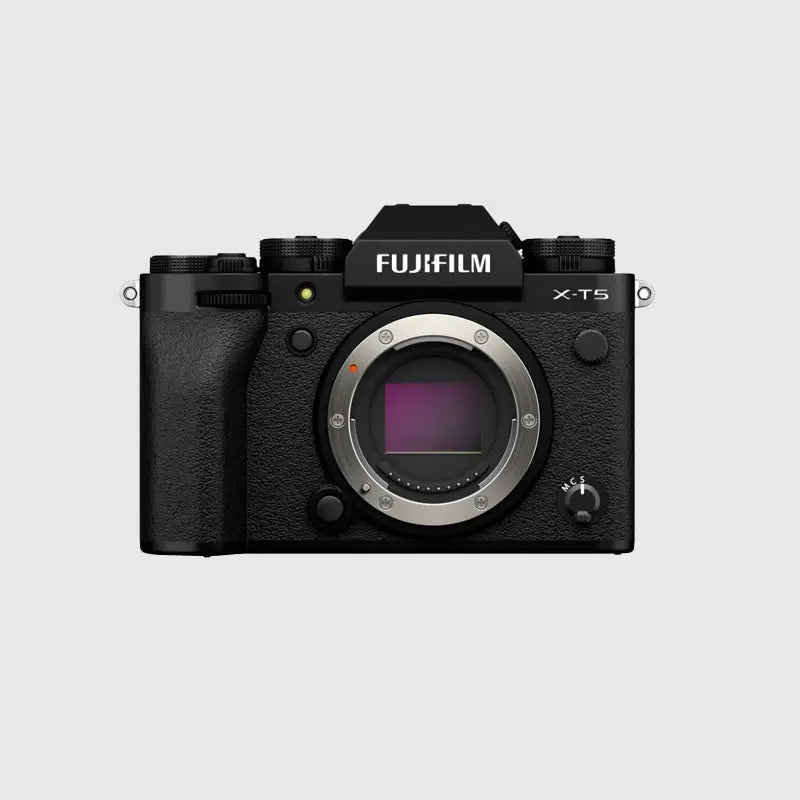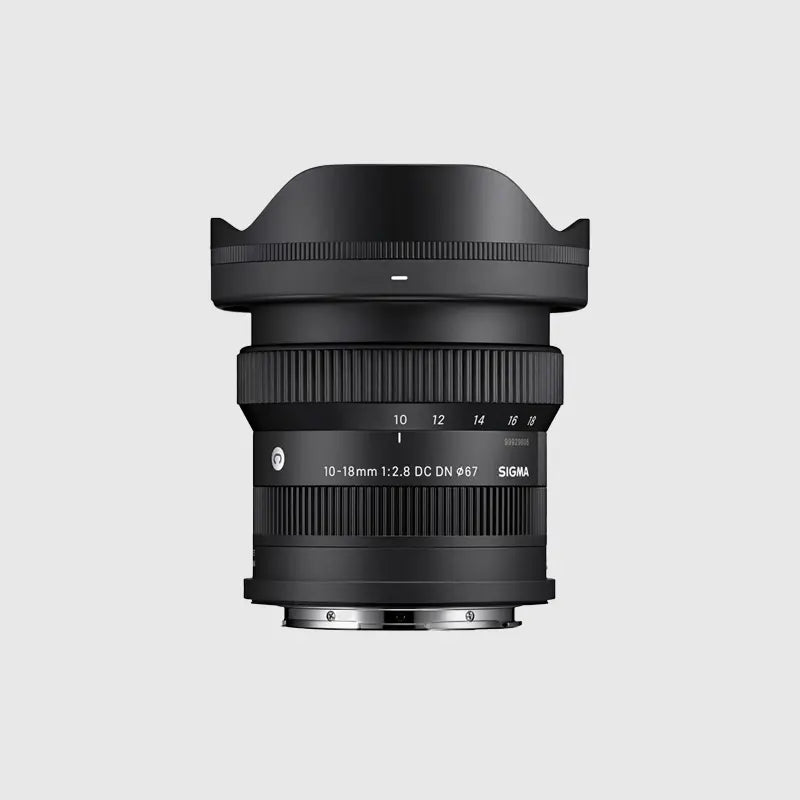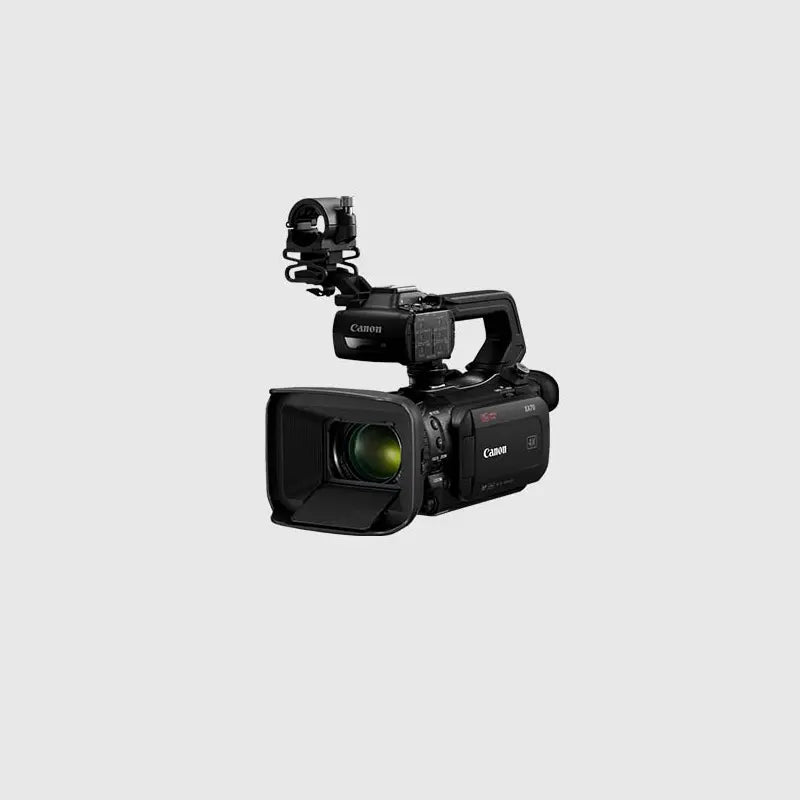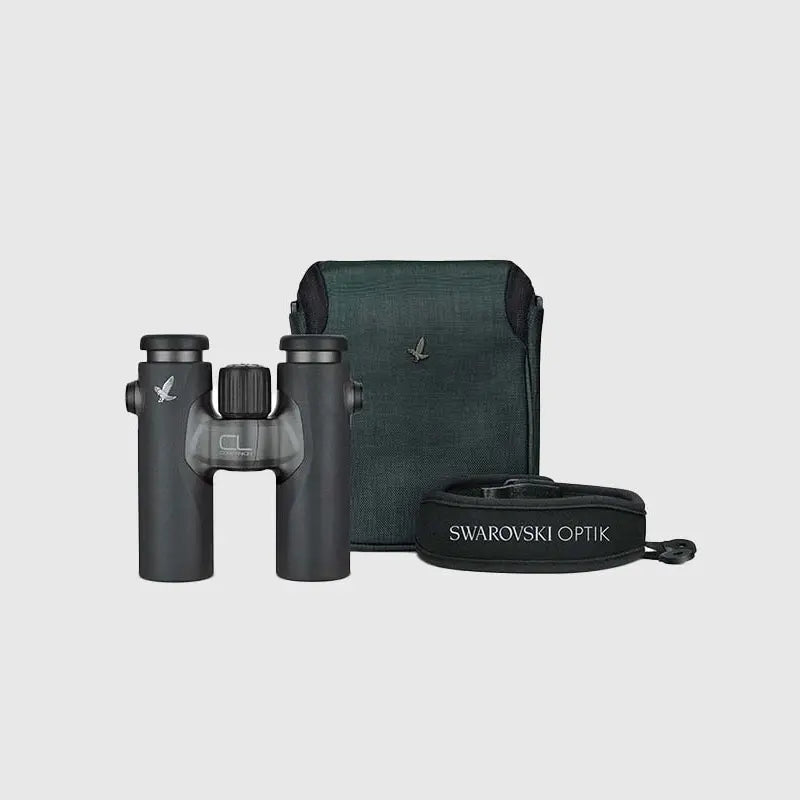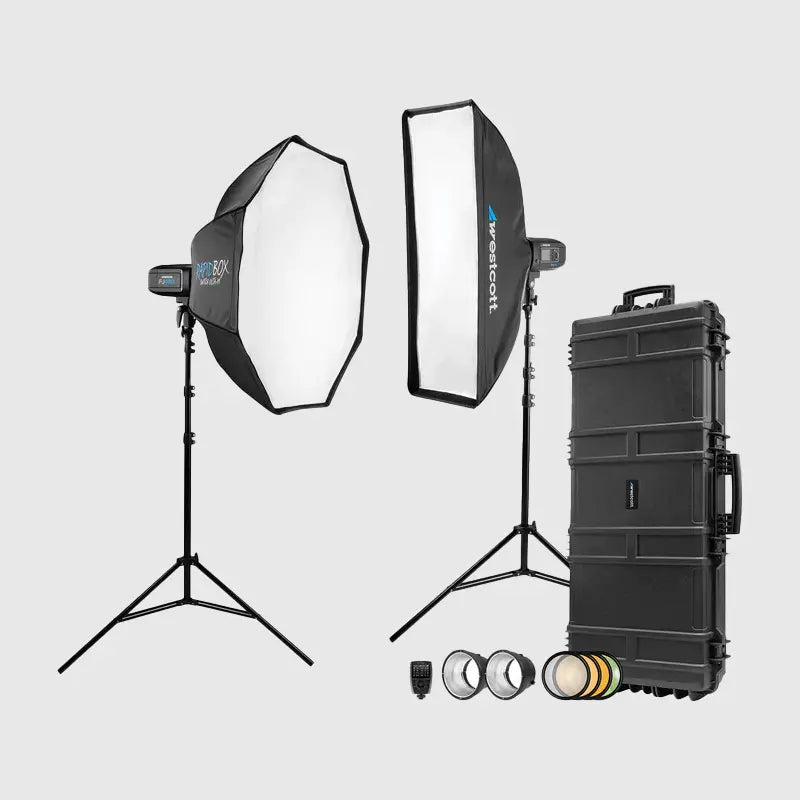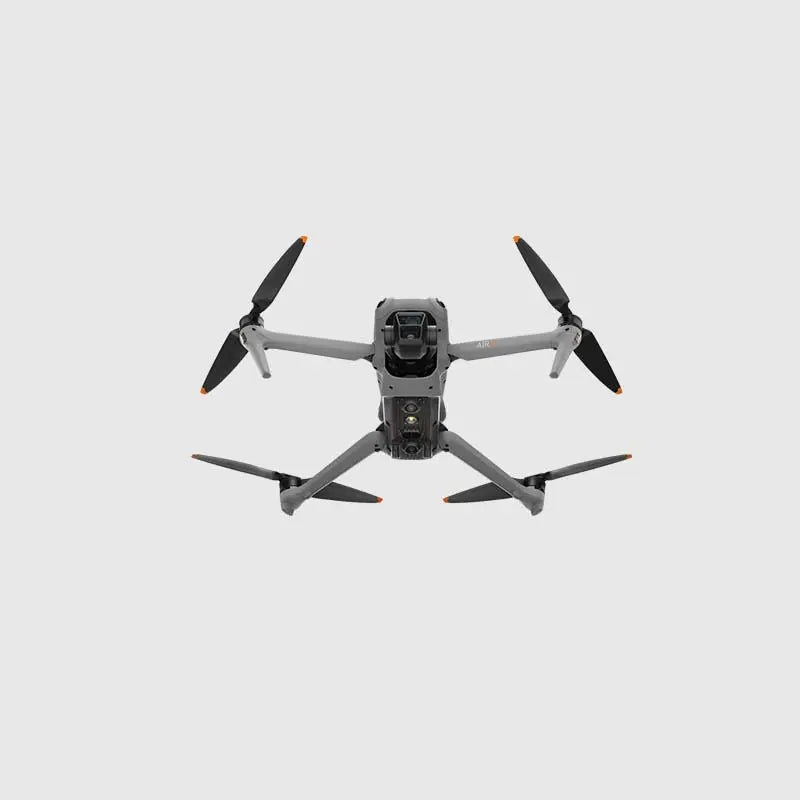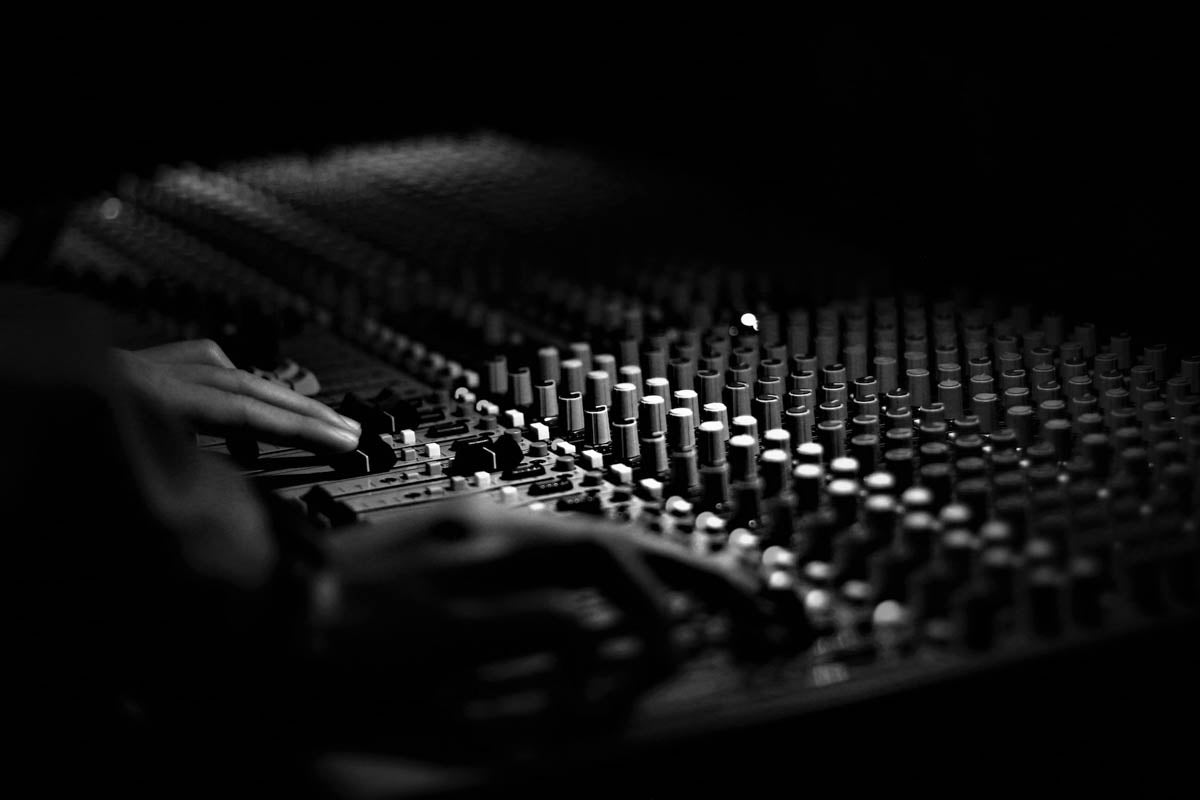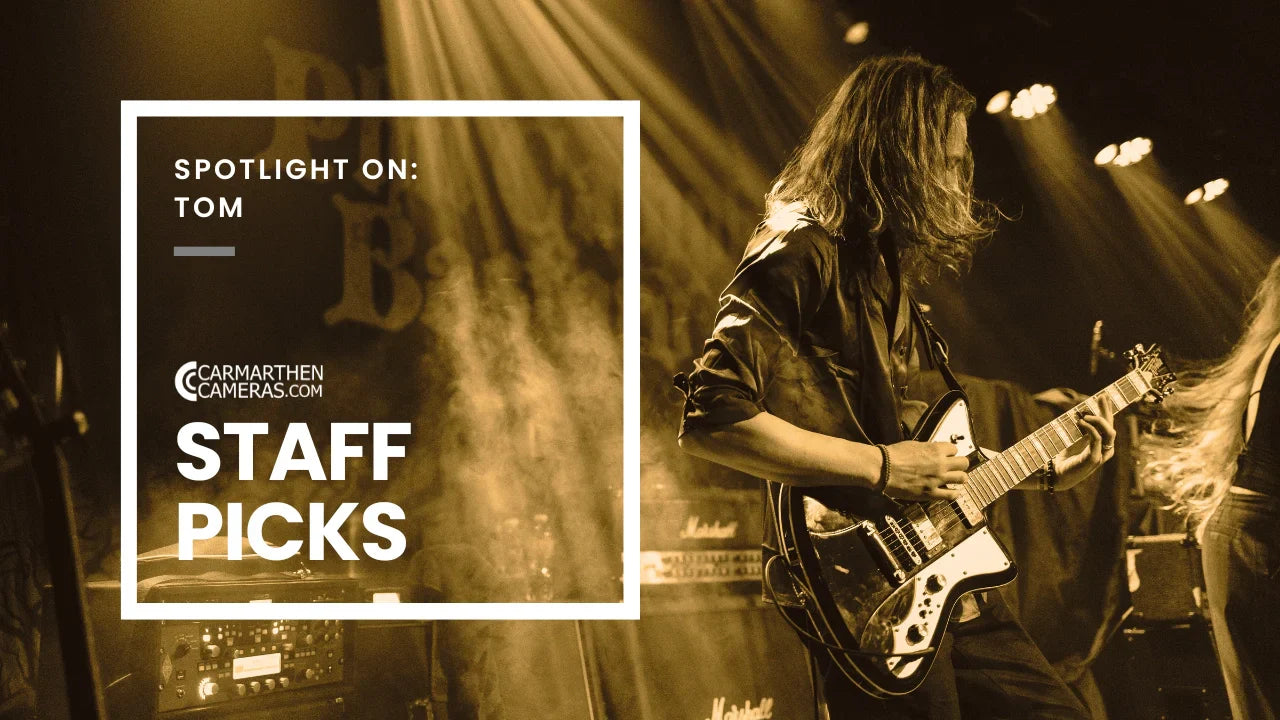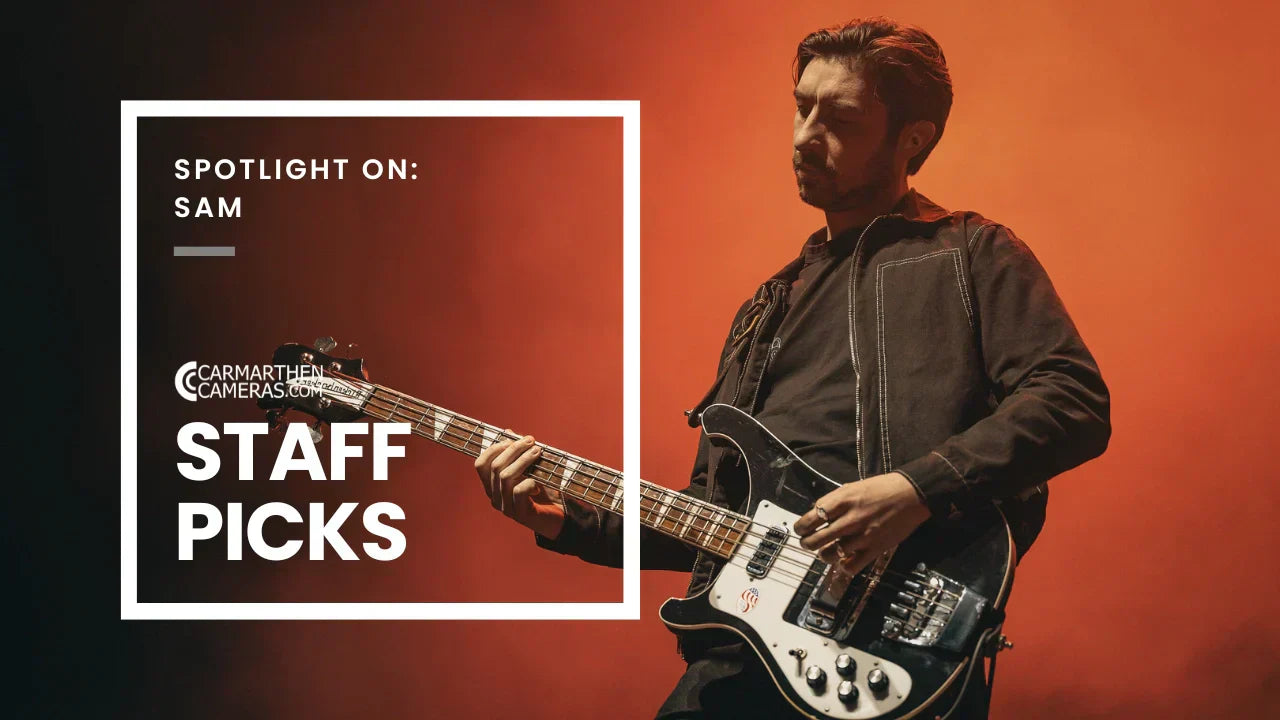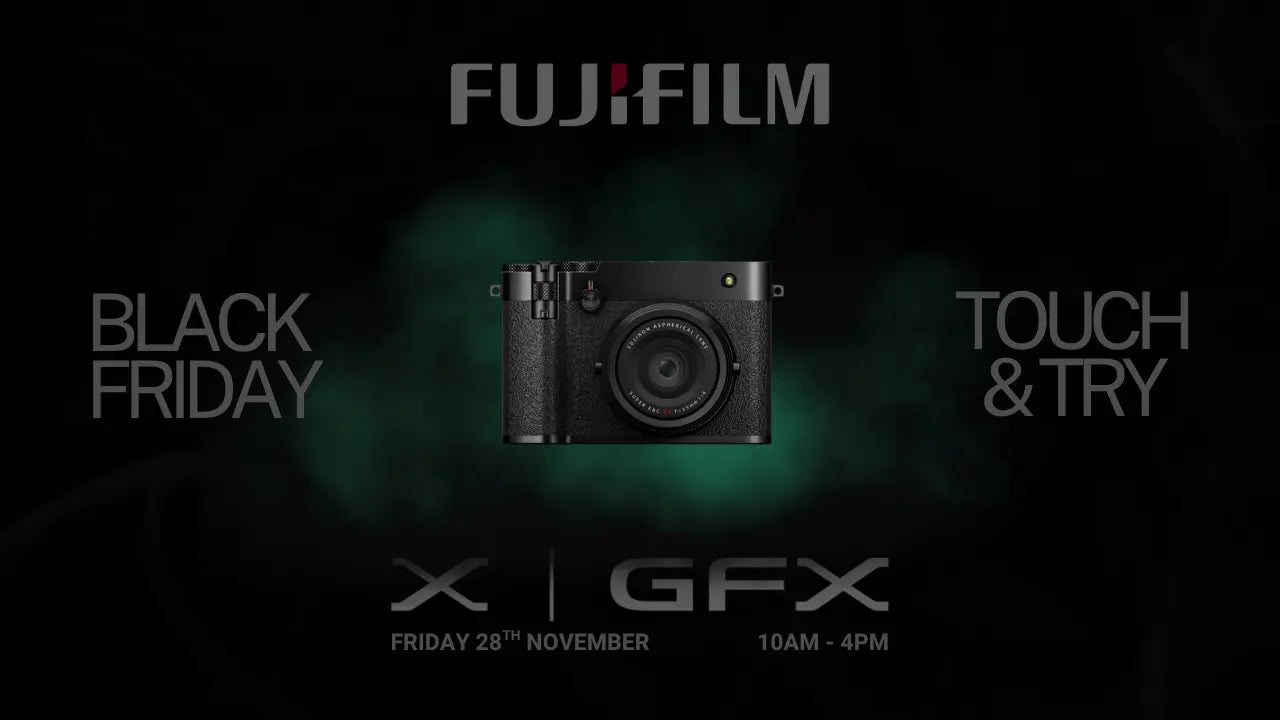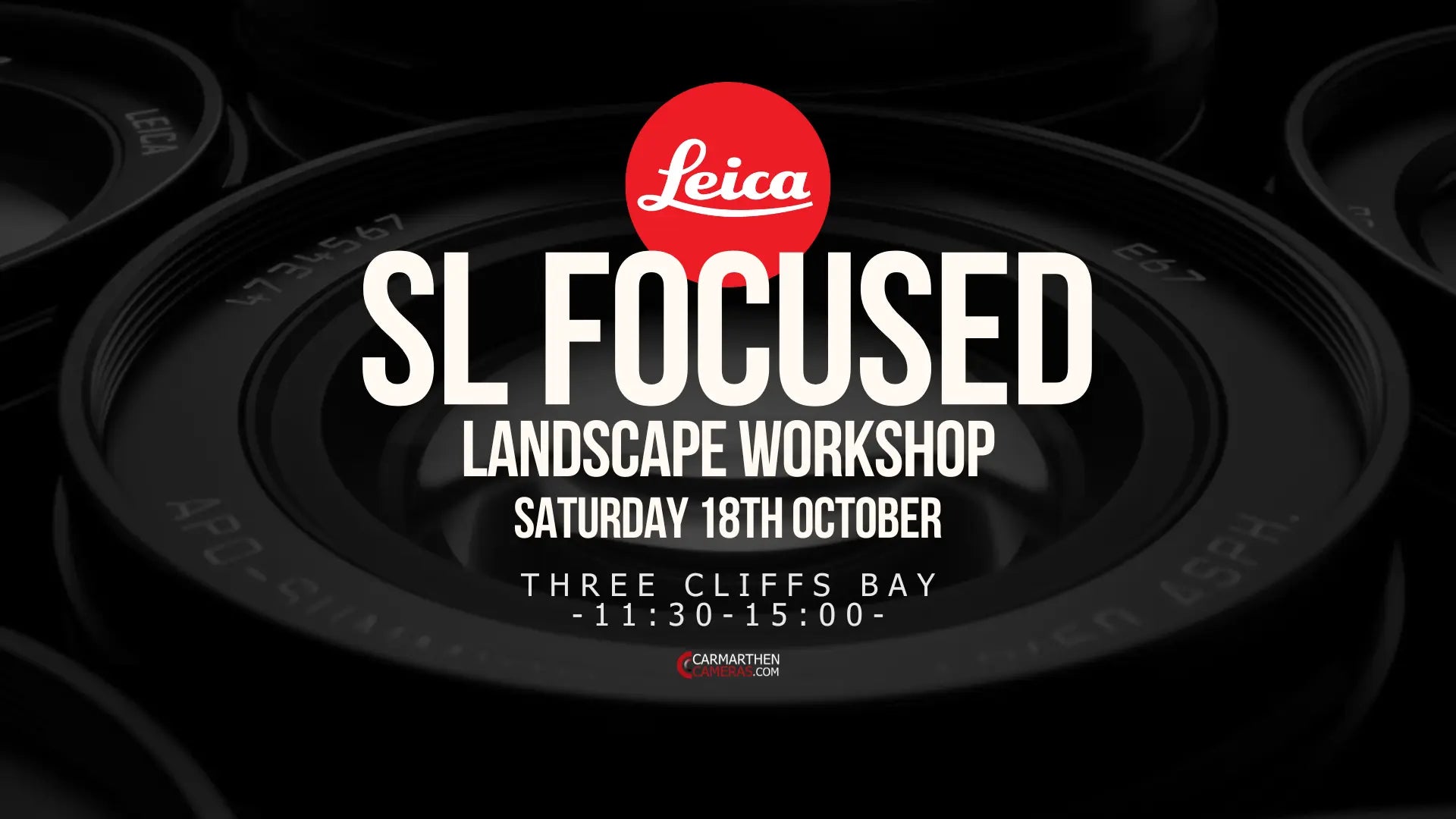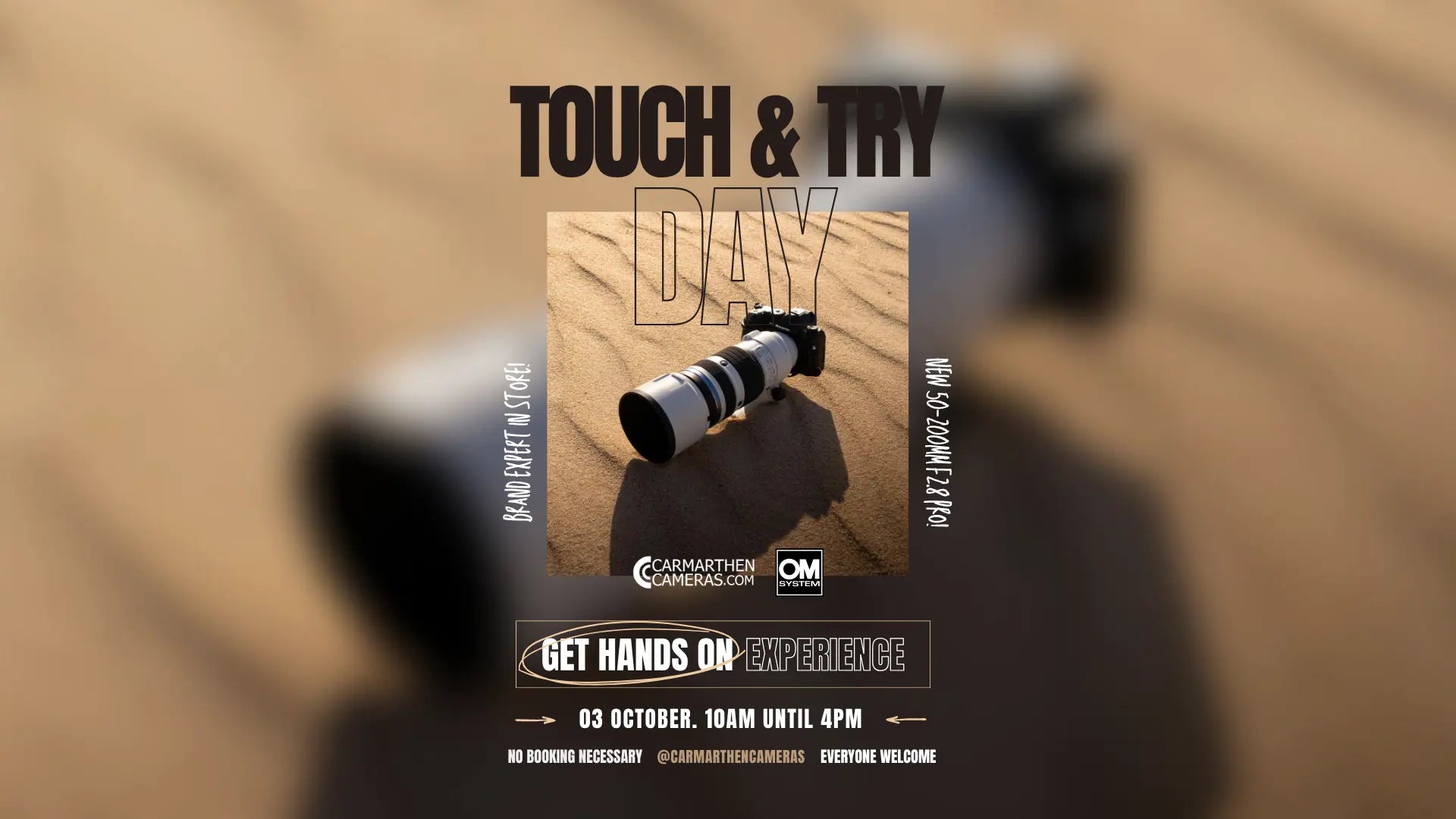Whether you're a beginner picking up your first camera or a seasoned enthusiast brushing up on terminology, the world of photography is full of technical jargon. From cryptic acronyms to specialised lens language, it can be overwhelming. Here's your go-to guide to demystify the most commonly used photography terms and improve your understanding of cameras, lenses, and photographic techniques.

📸 Camera Types
DSLR (Digital Single-Lens Reflex) – A Traditional professional camera with a mirror system and optical viewfinder. Offers interchangeable lenses, excellent image quality, and manual control.
Mirrorless Camera – Compact and modern alternative to DSLRs with no internal mirror. Uses electronic viewfinders and offers excellent autofocus and image quality.
Point-and-Shoot Camera – Simple, automatic compact camera ideal for casual photography. Fixed lenses and minimal manual controls.
Bridge Camera – Mid-range cameras with DSLR-like bodies, fixed long-zoom lenses, and manual settings. Great all-in-one choice for advanced beginners.
Medium Format Camera – High-end cameras with large sensors used for commercial, studio, and landscape photography where detail and dynamic range are critical.

🔍 Sensor & Image Quality Terms
Megapixels (MP) – Image resolution metric. More megapixels mean higher detail, but sensor size and quality are more important for overall image quality.
Sensor Size – Larger sensors (like Full Frame or APS-C) collect more light and provide better performance in low-light and depth of field control.
ISO – Adjusts sensor sensitivity to light. Lower ISO = cleaner image; Higher ISO = better low-light performance but more noise.
Dynamic Range – The ability to capture details in both highlights and shadows. Essential for balanced exposures.
Noise – Grain or speckling in images, particularly in high ISO or low-light conditions.

🔭 Camera Lens Terminology
Focal Length – Determines field of view and magnification. Short = wide angle, long = zoomed-in.
Prime Lens – Fixed focal length lens. Generally faster, sharper, and lighter than zoom lenses.
Zoom Lens – Variable focal length. Offers flexibility and convenience for various photography styles.
Aperture (f-number) – Controls the size of the lens opening. Wider apertures (lower f-numbers) let in more light and blur backgrounds.
Bokeh – The quality of the background blur. Influenced by aperture and lens design.
Image Stabilisation (IS/VR/OSS) – Reduces camera shake, particularly useful in low light or handheld shooting.
Autofocus (AF) – Automatically adjusts focus on your subject. May include face, eye, or object tracking.

🔎 Main Camera Lens Categories
Standard Lenses (35mm–70mm) – Versatile and natural perspective, perfect for portraits, travel, and everyday photography.
Wide-Angle Lenses (14mm–35mm) – Capture more of the scene; excellent for architecture, interiors, and landscapes.
Ultra-Wide & Fisheye Lenses (<24mm) – Extreme field of view with dramatic distortion. Ideal for creative or action shots.
Telephoto Lenses (70mm–200mm) – Magnify distant subjects. Great for wildlife, sports, and portrait compression.
Super-Telephoto Lenses (>200mm) – Capture far-off subjects in detail. Used in birding, motorsports, and outdoor action photography.
Macro Lenses – For ultra-close-up shots with 1:1 magnification. Ideal for insects, flowers, and textures.
Zoom Lenses – Cover a range of focal lengths. Excellent for flexibility during events or travel.
Kit Lenses – Standard beginner zooms bundled with cameras. Offer decent quality and range at a budget-friendly price.
Pancake Lenses – Ultra-compact primes, great for street or travel photography due to their size and discreetness.
Tilt-Shift Lenses – Allow perspective control and creative focus effects. Popular in architecture and product work.

⚙️ Camera Settings & Modes
Shutter Speed – Duration the shutter is open. Fast = freeze motion, Slow = blur or low-light effects.
Aperture Priority (A/Av) – You control aperture; the camera adjusts shutter speed.
Shutter Priority (S/Tv) – You control shutter speed; the camera sets the aperture.
Manual Mode (M) – You set both shutter and aperture manually. Full control for creative shooting.
Exposure Compensation – Adjust brightness quickly in semi-auto modes (+/- EV).
White Balance – Corrects colour temperature for accurate tones under different lighting (e.g. daylight, tungsten).

💾 File Formats & Storage
RAW – Unprocessed image with maximum detail and dynamic range. Ideal for editing.
JPEG – Compressed, ready-to-share image format. Small file size but limited editing potential.
Memory Cards (SD, CFexpress, XQD) – Store your image and video files. Speed and capacity vary by card type and camera.

🎥 Video Terms
Frame Rate (fps) – Frames per second. 24fps = cinematic, 30fps = standard, 60fps = smooth or slow motion.
4K / 1080p – Resolution formats. 4K offers more detail and flexibility than Full HD (1080p).
Bitrate – Amount of data captured per second. Higher bitrate = better quality.
Log Profile (C-Log, S-Log, etc.) – Flat colour profile for maximum post-production control.

🧰 Advanced Features
HDR (High Dynamic Range) – Combines multiple exposures for better highlight and shadow detail.
Focus Peaking – Highlights in-focus edges during manual focus.
Zebra Stripes – Exposure warning overlay for overexposed areas.
Burst Mode – Takes a series of photos in quick succession. Perfect for capturing action.
Tethering – Connects your camera to a computer for live preview, capture, and instant file transfer.

🔤 Brand-Specific Acronyms
Canon
-
EF / RF: Lens mounts for DSLR and mirrorless systems
-
IS: Image Stabilisation
-
Dual Pixel AF: Advanced autofocus for video and live view
Nikon
-
FX / DX: Full-frame and crop sensor formats
-
VR: Vibration Reduction
-
Z-Mount: Nikon's mirrorless system
Sony
-
E-Mount / FE: Mirrorless mounts and full-frame lenses
-
OSS: Optical SteadyShot
-
Eye AF: Eye-detecting autofocus for portraits
Fujifilm
-
X-Trans Sensor: Unique sensor design to reduce moiré
-
XF: Premium lens line
-
Film Simulations: In-camera colour modes mimicking classic film

📝 Conclusion
Understanding photography jargon is key to mastering your camera and growing your skills. This glossary is a practical guide for beginners and intermediates alike—whether you're buying gear, adjusting settings, or diving into editing.
Have a term you'd like us to add? Get in touch—we're happy to expand this jargon buster!

